Answering The Call
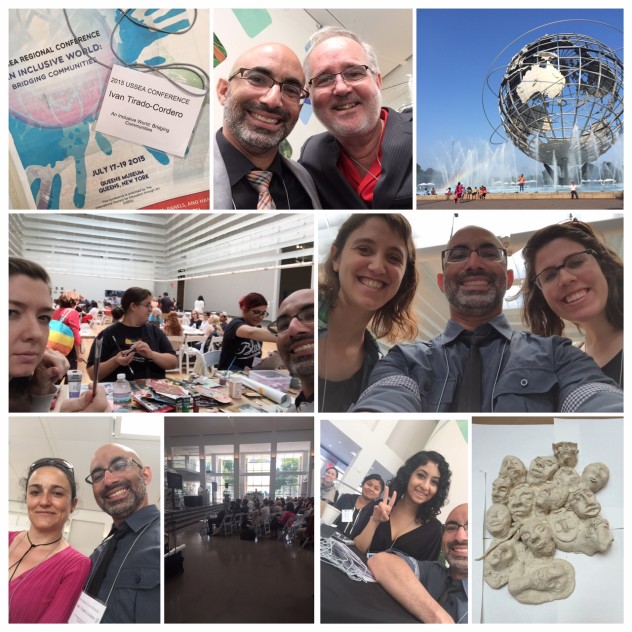 This past weekend I participated in the United States Society for Education Through the Arts (USSEA) and the International Society for Education Through Art (InSEA) conference which turned out to be a fantastic experience. Tim Rollins said during his key note, “You answered the call”. My mind began celebrating the choices I made when it comes to art and education and how the academic preparation along with the experiences in the last 20 years are shaping together a calling I can’t refuse. What if by answering the call to use the tools, skills, and gifts God had given me I make a difference in someone’s life?
This past weekend I participated in the United States Society for Education Through the Arts (USSEA) and the International Society for Education Through Art (InSEA) conference which turned out to be a fantastic experience. Tim Rollins said during his key note, “You answered the call”. My mind began celebrating the choices I made when it comes to art and education and how the academic preparation along with the experiences in the last 20 years are shaping together a calling I can’t refuse. What if by answering the call to use the tools, skills, and gifts God had given me I make a difference in someone’s life?
Too many people are concerned about what they can do for the world and just a few pay attention to the impact we can have in individuals. Reaching as many people as we can reach is important and the effort should not be dismissed. However, there is something I learned from the life of Jesus: multitudes will chant your name and at the first chance they have they will turn against you. Multitudes will scatter at the first chance they have but those individuals who had been impacted by your life and teaching will always come back and carry on the vision. That impact is the result of answering the call and do what you do best and do it with love and passion. It is the result of paying attention to the specific needs of the individual and to serve that person as if no one else exists, even if it is for just a few minutes.
As a matter of fact, some individuals are just longing for someone who can acknowledge them at least for a minute. Near us is someone who lacked validation and affirmation from the people closer to them. When we serve them with what we do and what we know they recognize their own value as a person and that finding can unlock a great amount of great things in life. This is why I teach. This is why I have so much passion to share the little I know with everyone I can. It is fantastic to know there are other people all over the world with the same passion. Kudos to all of you who spend time and resources to make a difference through art and education. Thank you for answering the call.

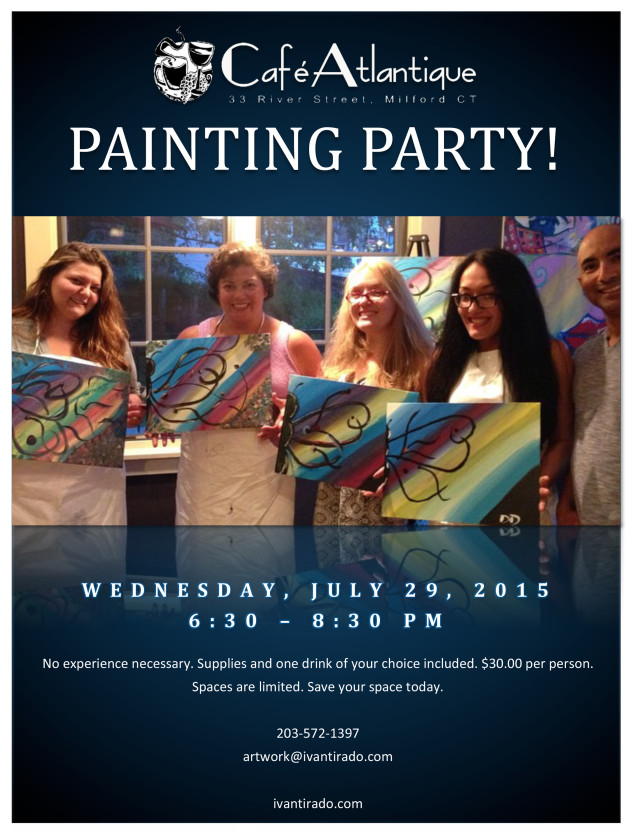
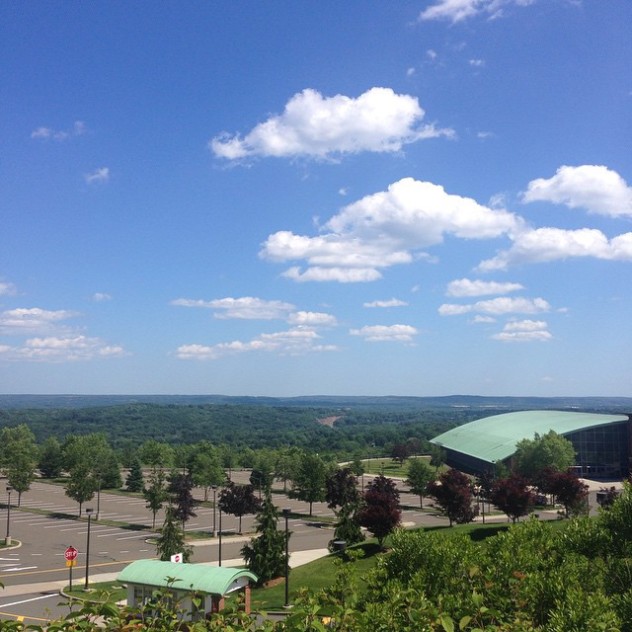
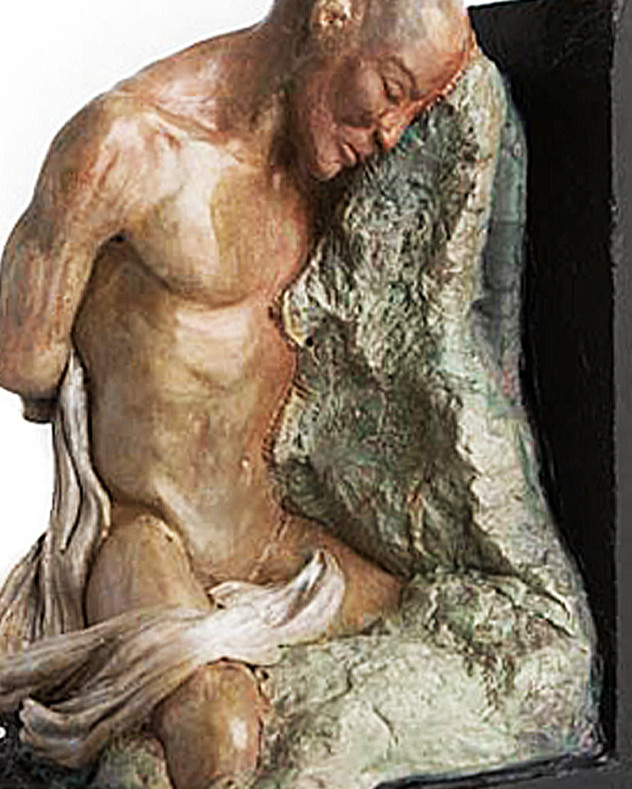
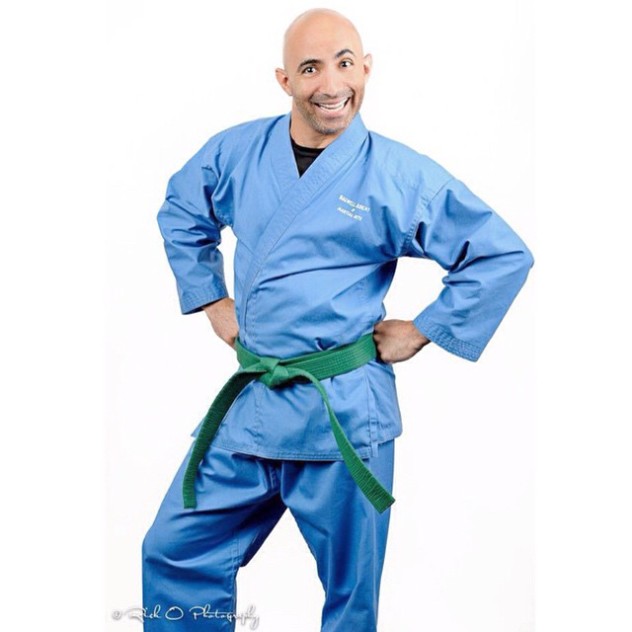
Confronted Through Art
Sculpting and Painting Parties
Being exposed and engaged to art and the creative process is not only fun and educational in many instances but also challenging. When I say challenging I am not only referring to the refocus of motor skills, observation, patience, knowledge, and vision into the creation or understanding of an art piece. The greatest challenge comes when the art piece or the process of creating an art piece opens the doors connecting with our fears and deepest emotions. Mental, emotional, and spiritual issues emerge right in front of our eyes. It is interesting to me to observe how people react when confronted through art. It brings me back to what I said many times:
When we think about art as therapy we think about kids,
but is often the adult who grew up hurt who needs it the most.
During my painting and sculpting parties I try to engage people in conversations about life. I rely on humor to present subjects that are often uncomfortable to people to hear. The creative process allows for people to become vulnerable and often scared of what they find when confronted through art. As an educator it is my duty and responsibility to help people understand and make sense of their thoughts and to explain not only how that connection to themselves is possible through the creative process but also how it connects with life. I aim to help people see each situation from different perspectives, just as a sculpture can be looked at from different sides but it is still one piece.
Available for Presentations. Contact.
It is normal for many individuals to avoid confrontations with the self. Many activities we practice in order to escape our daily reality involve avoidance to our deep self. Silence of the mind is scary so we need to add noise. When the noise is directed towards those thoughts and emotions we are trying to avoid then we run towards complete silence or to revert the noise toward others. It is always easier to confront someone else; it is easier to just walk away or simply change the subject. However, avoidance of our thoughts, fears, doubts, or memories of traumatic experiences are not going to make them go away.
Justification and passing along “the blame” for one’s current emotional situation is something I observe when conversations “hit home”. I mentioned in previous posts about attribution theory. Attribution theory explains that when it comes to other people we tend to judge internal attributions as personality traits to explain their behavior. “It is because that person is…” Interestingly, when it comes to explain ourselves we “blame” the environment, or the other gender, or our parents, or whatever is not us and how we understand and cope with our situation.
Some people do allow the confrontation and, better yet, show the maturity to face themselves and give a step towards healing and improvement, towards forgiveness, towards understanding the antecedents without succumbing to them but as a stepping stone to a better life. That is also the beauty of art: not that art is going to solve our problems but that it helps us see them and open up. As I learn more about the connection between creativity, neuroscience, and resiliency, and how it connects with our souls and spirits, with our bodies and life, the more intrigue I get about how people cope with their situations when they are confronted through art. Even more, I get more intrigue about how I can I be part of people’s restoration and transformation.
Join one of our sculpting or painting parties